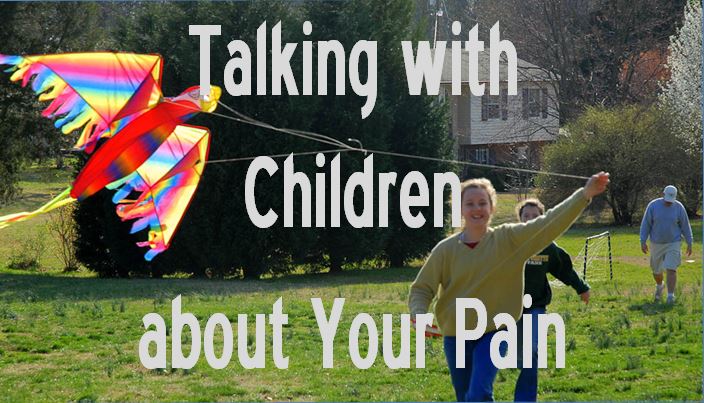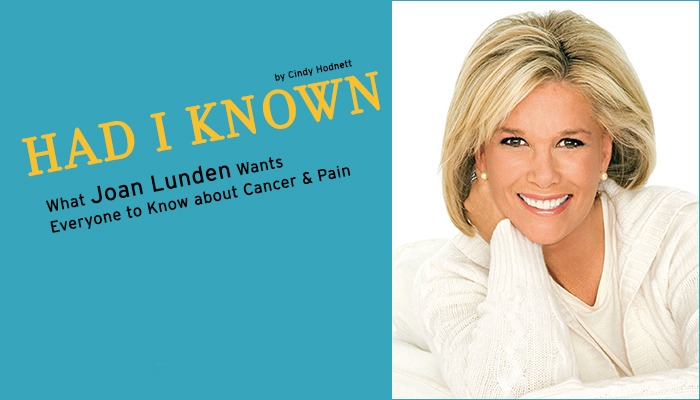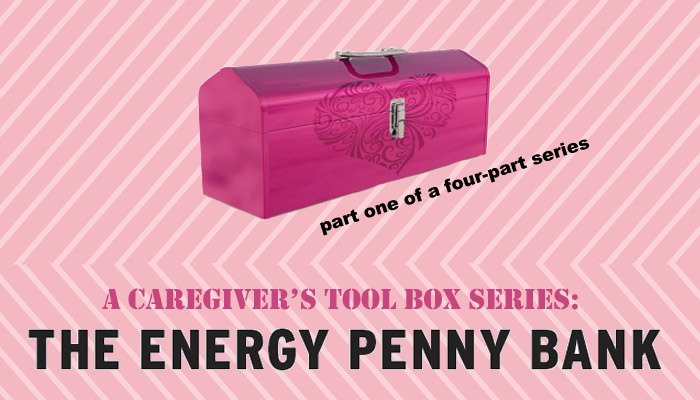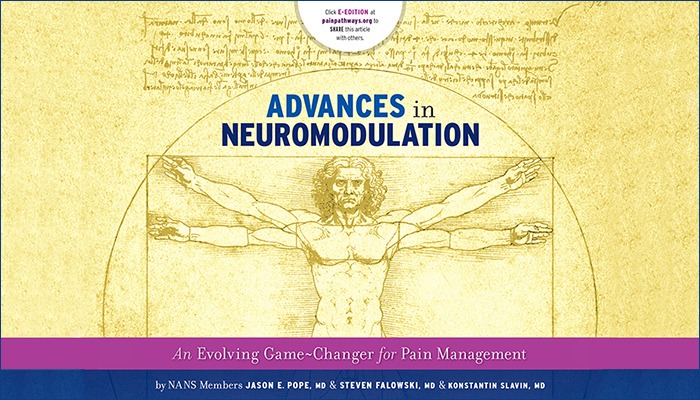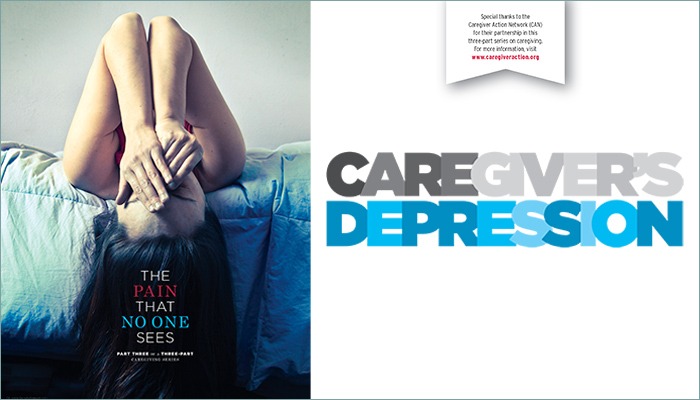Physician Spotlight—Allen Burton, MD
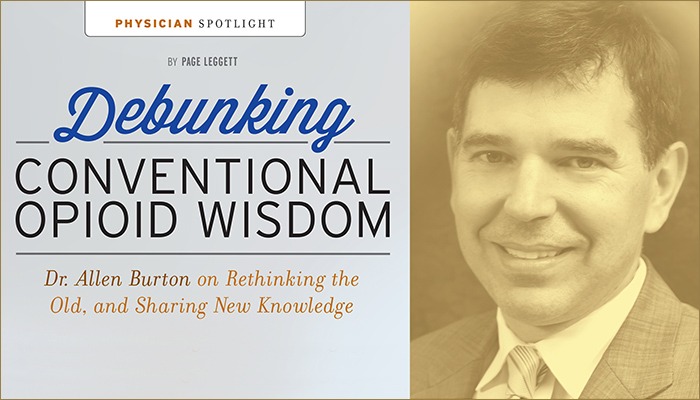
There are countless ways a good idea can go amiss—even in the medical field. Physicians and scientists make decisions based on the best evidence and research they have at the time, resulting in an accepted standard of care. But if it turns out that an idea was faulty, or even dangerous, the effects aren’t easy to undo.
Allen W. Burton, MD, a board-certified anesthesiologist with added certification in pain medicine, is leading the way to reverse years of the harmful effects of overprescribed opioids.
He started at the beginning, examining what he had learned in medical school when he realized that what he — and a generation of doctors — had been taught might be wrong.
“In the ’90s, we were taught to prescribe pain medications, including opioids, pretty aggressively,” Dr. Burton says. But then doctors began to see the devastating effects of that — with some patients living in a medicated fog, becoming addicted and in some cases suffering from accidental overdose. “The whole pain community has begun to shift our thoughts to a more careful prescribing paradigm.”
He calls what happened “a perfect storm.”
“You had a proliferation of aggressive opioid pre scribing, a national problem with substance abuse and an obesity epidemic,” he says. If you add sleep apnea, obesity, sleeping pills and opioids, this can become the so-called “perfect storm,” which sets the stage for possible overdose. Many people with chronic pain have co-existing health problems that complicate their care. For example, if a patient has sleep apnea and is on an anxiety medication (also common), there can be “substantial unintended consequences to opioid prescribing,” explains Dr. Burton.
Accidental Overdose ~ UNSAFE AND UNAWARE
“Sometimes it’s the case that patients — and their physicians — are unaware of the dangers,” explains Dr. Burton. “Patients on multiple co-sedating medicines (sleeping pills and medication for depression, for instance) have been at risk for accidental overdose. Let’s say you’re taking those medications as prescribed, but one night you accidentally take two sleeping pills— or you go on an antibiotic (which alters your drug metabolism) and take it along with your other medications — and suddenly your body responds differently. It’s the response to that combination that can result in respiratory depression.”
That’s when your lungs aren’t expanding fully and getting enough oxygen to your brain. If untreated, it can be fatal.
So, what happens when the past 20 years of prevailing medical wisdom proves inaccurate?
“Conventional wisdom was that patients most at risk of overdose were patients who were new to pain medication,” Dr. Burton says. Prescribing physicians were especially cautious about patients first starting pain meds. “But the data on accidental overdose coming out of the CDC surprised many in the medical community. It is turning out that the most at-risk population are opioid-experienced chronic pain patients.”
Doctors didn’t foresee the dangers, and some chronic pain patients “lost appropriate respect for taking their medicine exactly as prescribed,” Dr. Burton says. “These drugs were prescribed with the best of intentions.”
But good intentions can sometimes lead to disturbing consequences.
The Undoing of CONVENTION
The key to undoing conventional wisdom was, and remains, awareness and education of patients and prescribers. From his home base at Houston Pain Centers, Dr. Burton has been a national leader in raising awareness about opioid safety. But now there’s a powerful new weapon in the ongoing battle. In April, the FDA approved a new reversal agent that caregivers — or even an untrained passerby — can administer if an opioid overdose is suspected.
This new tool does not negate the need for patient or physician education. Patients must take medications exactly as prescribed, and physicians must be increasingly judicious about prescribing opioids, but this new innovation is a breakthrough that offers peace of mind for people taking opioids for pain relief — and their caregivers.
EVZIO is an “opioid antagonist” prescribed to temporarily reverse a known, or even suspected, opioid overdose until emergency medical assistance arrives.
Turning Family Into FIRST REPONDERS
If an accidental opioid overdose occurs, help could be as close as one’s own home. EVZIO includes two pre-filled auto-injectors and one “trainer,” each the length and width of a credit card. The trainer doesn’t contain a needle or medication, allowing users to practice the process.
Specifically, once the user removes EVZIO from its case, voice instructions begin automatically. The device instructs a user to remove the safety guard, place the auto-injector against the person’s outer thigh —through clothing, if necessary — and to press and hold in place for 5 seconds. To assist, the device audibly counts down the hold time and lets the user know when the injection is complete. The retractable needle is not seen. After administering, EVZIO’s active ingredient naloxone works by temporarily blocking the effect of an opioid; it reverses the potentially life-threatening respiratory depression and allows the recipient to breathe easier.
But let’s back up. How can a family member or a caregiver know if someone may have overdosed? The signs include breathing problems (from slow or shallow breathing to no breathing at all), loss of consciousness, extremely small pupils and a slow heartbeat.
If a caregiver is uncertain, it’s better to err on the side of caution. If a patient is unresponsive, and an opioid overdose is suspected, EVZIO should be administered as quickly as possible. Prolonged respiratory depression may result in damage to the central nervous system or even death. Time is critical; seconds matter.
As significant a breakthrough as EVZIO is, it is nota substitute for emergency medical care. Caregivers should call 911 if an overdose is suspected and administer the home injection every two to three minutes, as necessary, until medical assistance arrives.
“Blown Away” BY EVZIO
“It’s quite a clever device,” says Dr. Burton “It’s very user-friendly, sleek and modern. I was blown away the first time I saw it. I think it will save lives directly but also indirectly. When physicians talk about it to patients, it will prompt an important conversation about accidental overdose.”
Dr. Burton is as excited about the awareness campaign that will accompany EVZIO as he is about the drug itself. “EVZIO creates an opportunity for physicians to talk to their patients about the possibility of overdose and the importance of taking medication exactly as prescribed.” EVZIO is an additional safety net for people in pain, their family and caregivers.
“Once patients hear about this device, they’re going to want it,” Dr. Burton says.
It’s like an insurance policy. And even better — one that’s readily accessible and capable of being administered by anyone.
And Dr. Burton says patients need this precaution, because they need opioid medications to treat their severe refractory pain in spite of having comorbid medical conditions. “We’re getting better,” says Dr. Burton. “Doctors have not been as ‘heavy-handed’ as we once were in writing prescriptions.”
There are reasons to be hopeful: Fewer high-risk opioid prescriptions. Better informed patients. And now, a prescription antidote for potential opioid overdose. A new era of safety is taking place. Minds can be changed; conventional wisdom can be unlearned.
PainPathways Magazine
PainPathways is the first, only and ultimate pain magazine. First published in spring 2008, PainPathways is the culmination of the vision of Richard L. Rauck, MD, to provide a shared resource for people living with and caring for others in pain. This quarterly resource not only provides in-depth information on current treatments, therapies and research studies but also connects people who live with pain, both personally and professionally.
View All By PainPathways

